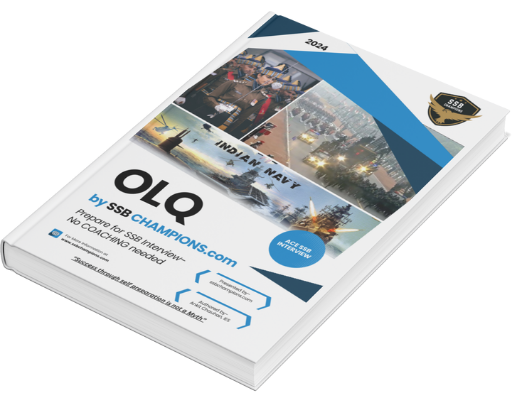Blending sustainability with strategy: A bold move towards green governance and national security.
Table of Contents
🟢 Introduction
On the global map of climate action, India has marked a powerful milestone — Ladakh is now officially the first carbon-neutral Union Territory. This declaration isn’t just a green badge of honor; it’s a strategic, environmental, and socio-economic turning point that reflects India’s growing commitment to sustainability and national security.

🌱 What Does Carbon Neutral Mean?
Carbon neutrality implies balancing the amount of carbon dioxide emitted with an equivalent amount sequestered or offset. For Ladakh, it means:
- Massive reliance on solar and wind energy
- Promotion of green buildings, electric mobility, and organic farming
- Controlled tourism to protect its fragile ecosystem
The goal: achieve net-zero carbon emissions without compromising development.

📍 Why Ladakh?
Ladakh is more than a breathtaking landscape:
- Eco-sensitive: Home to glaciers, rare flora, and fauna
- High-altitude challenges: Diesel dependence is costly and polluting
- Strategic location: Shares borders with China and Pakistan
Making it carbon-neutral isn’t just environmental policy — it’s geo-strategic foresight.

⚙️ Steps Taken So Far
- Ladakh Renewable Energy Initiative – A ₹50 crore push for solar micro-grids
- SECI Solar Projects – Mega solar plants are being set up in Pang and Zanskar
- Electric Vehicle Scheme – E-buses and e-scooters launched in Leh
- Sustainable Tourism Policy – Eco-lodges, zero-waste zones, and regulated treks
- Winter Farming Projects – Local food production to reduce carbon footprint

🧠 Why It Matters for SSB Aspirants
- ✅ Balanced Perspective for GD:
- India’s climate leadership
- Importance of sustainable defense posts
- Environment vs. development debate
- 🎤 Strong Extempore Topic:
“Carbon-Neutral Ladakh: Model for the Future” - 🙋♂️ PI Relevance:
If asked about environment, energy policy, or border areas — this shows you’re informed and analytical.
📚 Case Study: The Phyang Solar Farm
Located 13 km from Leh, the Phyang Solar Farm powers over 1,200 homes and reduces diesel dependency. It’s an example of how community-driven, high-altitude energy solutions can make sustainability real in remote defense-sensitive regions.

🔍 Broader Implications
- Military Readiness: Reduced fuel logistics for forward posts
- Tourism Control: Prevents over-tourism in ecologically fragile zones
- Model for Hill States: Himachal, Uttarakhand can follow Ladakh’s lead
- International Soft Power: India emerges as a responsible Himalayan steward
💬 Conclusion
Ladakh’s carbon-neutral push isn’t just a regional achievement — it’s a message to the world: India can protect its borders and environment together. For future military leaders, this shows how climate sensitivity and strategic awareness must go hand in hand.
📌 SSB Champions’ Tip
Try preparing a 1-minute lecturette on this topic. Structure:
➡️ Intro: Define carbon neutrality
➡️ Body: Why Ladakh? What’s happening?
➡️ Conclusion: What can India learn?
📖 Want to Learn More?
Get in-depth strategies, frameworks, and real interview analysis in our eBook “OLQ – The Ultimate SSB Preparation Guide” available now at 👉 ssbchampions.com

